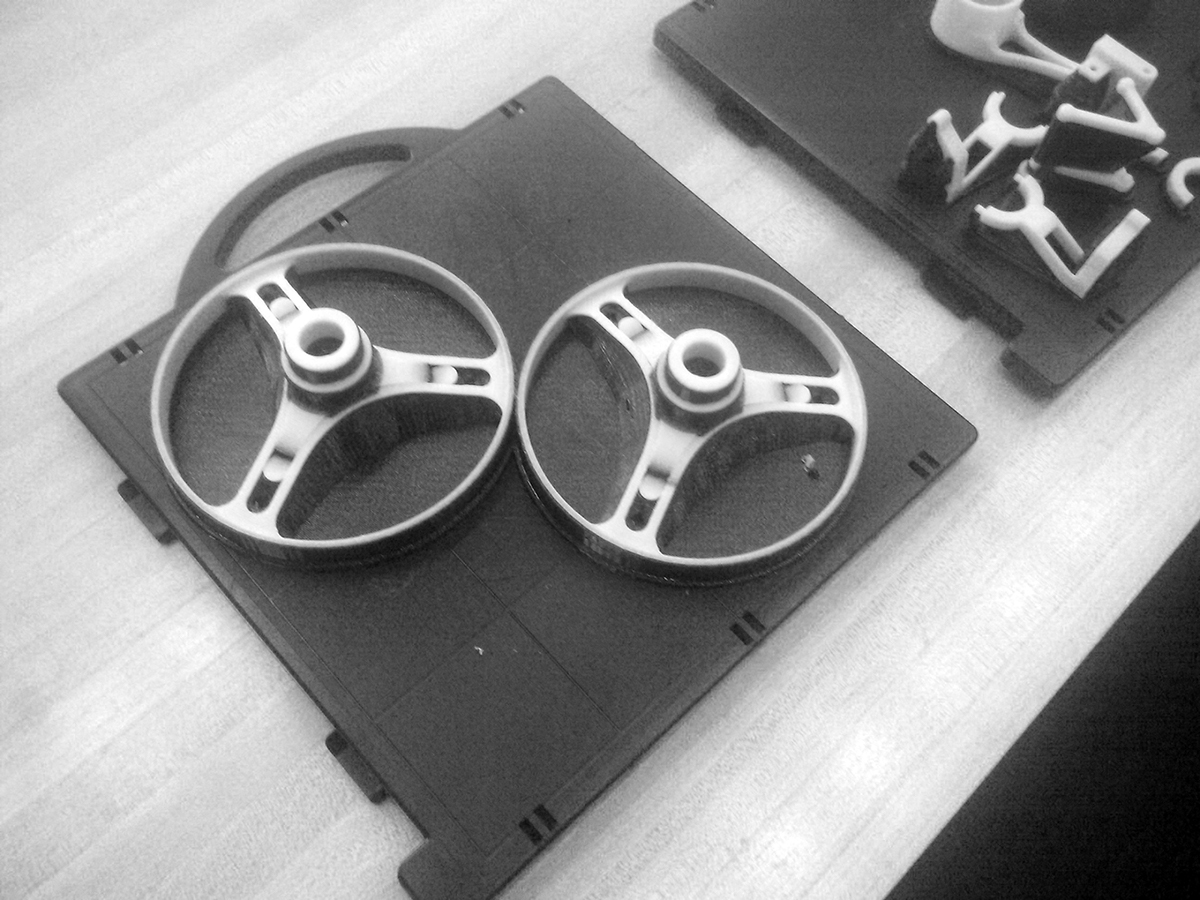As Marshal McLuhan notes the compounding effect of innovations like the stirrup as the birth of horseback riding and a ‘feudal extension’ we can as well describe contemporary mobility as a technological means of social innovation. It is the preconditions of energy and energy storage that has created an incongruous relationship between ourselves and the machines we make. Georges Canguilhem [machine and organism] articulated that the distinguishing characteristic of the ‘storage of energy’ that is then “released by the mechanism and the moment of release that allows us to forget the relation of dependence between the effects of the mechanism and the actions of the body”
The foreground of this mobility proposal seeks a reconfigured urban landscape by balancing the preconditions of energy, storage, and independence.
The 'Kenisis' targets extropic trends of what technologist and author Kevin Kelly lists as “efficiency, opportunity, emergence, complexity, diversity, specialization, ubiquity, freedom, mutualism, beauty, sentience, structure, and evolvability”
Central to the 'Kenisis' is not a replacement of the car, but a persuading step. The three wheel configuration of a powered rear wheel and parallel steering front wheels provide stabile maneuvering. The wheels, and wind screen are united by the folding chassis. The asymmetrical folding chassis is central to its viability across many demographics exhibiting an obstruction free entry. Just like sitting in a school desk, the asymmetrical frame provides a seat instead of a saddle.
This motor assisted vehicle follows the dimensional, power and weight constraints of a bike lane. Cycling efforts generate and store the power for the motor. The combination of generator, resistance controller and battery module work in tandem for an 'off grid' dynamic mobility experience that reduces the carbon footprint with human power.
The foreground of this mobility proposal seeks a reconfigured urban landscape by balancing the preconditions of energy, storage, and independence.
The 'Kenisis' targets extropic trends of what technologist and author Kevin Kelly lists as “efficiency, opportunity, emergence, complexity, diversity, specialization, ubiquity, freedom, mutualism, beauty, sentience, structure, and evolvability”
Central to the 'Kenisis' is not a replacement of the car, but a persuading step. The three wheel configuration of a powered rear wheel and parallel steering front wheels provide stabile maneuvering. The wheels, and wind screen are united by the folding chassis. The asymmetrical folding chassis is central to its viability across many demographics exhibiting an obstruction free entry. Just like sitting in a school desk, the asymmetrical frame provides a seat instead of a saddle.
This motor assisted vehicle follows the dimensional, power and weight constraints of a bike lane. Cycling efforts generate and store the power for the motor. The combination of generator, resistance controller and battery module work in tandem for an 'off grid' dynamic mobility experience that reduces the carbon footprint with human power.
In other words, cycling efforts would not be constant. The pedals not mechanically connected like bicycle gearing rather to a generator. The generator would then charge a battery that would then power the motor. This relieves the rider from overcoming the mass of the vehicle. So, you would then be able to travel up hill with an equal or less effort as you would on a flat surface since your cycling is only turning a generator. You could also choose to pedal at a red light to charge, and then use the stored power to motor through a short commute on battery.
It is structured as an enabling platform that democratizes ridership and frequency within the bike lane. A focus of a later investigation; software integration would create incentive mechanism tailors a reward stream based on a users fitness effort, calories, and distance milestones. Social network connectivity creates an enhanced experience launching competition andcollegial motivation to adopt human powered mobility into the dailyroutine.
The following images are the first concepts, then follows the re-investigation and modeling of a functioning chassis and kinetic model. It is a continuing investigation.
MIT Media Lab
Changing Places
It is structured as an enabling platform that democratizes ridership and frequency within the bike lane. A focus of a later investigation; software integration would create incentive mechanism tailors a reward stream based on a users fitness effort, calories, and distance milestones. Social network connectivity creates an enhanced experience launching competition andcollegial motivation to adopt human powered mobility into the dailyroutine.
The following images are the first concepts, then follows the re-investigation and modeling of a functioning chassis and kinetic model. It is a continuing investigation.
MIT Media Lab
Changing Places
Prof.Kent Larson, Ryan Chin
Mech. Eng.Nicholas Pennycooke
Mech. Eng.Nicholas Pennycooke



Urban concept of the 'Kenisis' in a shared fleet strategy with 8 vehicles and kiosk in the space of 2 cars. The intent is to exhibit in continuity with the fluidity of the street.









